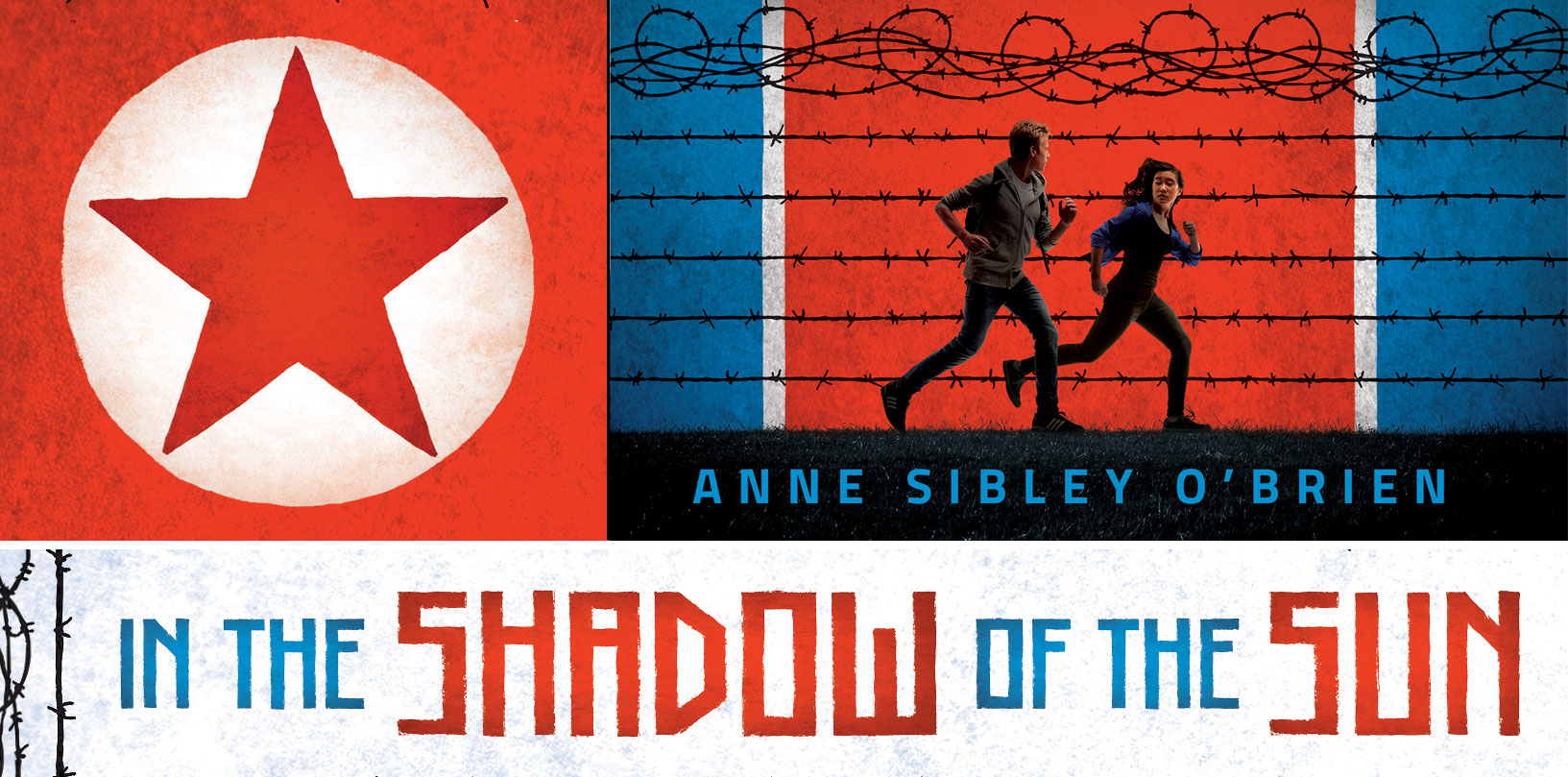 Throughout the development of In the Shadow of the Sun — and the thirty years of our life together — our beloved daughter, Yunhee, has shared her experience of being a transracially adopted Korean American.
Throughout the development of In the Shadow of the Sun — and the thirty years of our life together — our beloved daughter, Yunhee, has shared her experience of being a transracially adopted Korean American.
I had personal connections to several people who had deep knowledge of North Korea and were willing to read my manuscript. For other expert readers, I contacted two Korean American organizations with which I’ve had previous contact, Korean American Story and the Council on Korean Americans.
I am enormously indebted to those who provided expert and essential feedback on the final draft (a number of whom choose not to be named for fear of difficulties if they return to the DPRK):
Cultural Advisors
1) A, an international observer of North Korean affairs who travels frequently to the DPRK;
2) D, a foreign resident of Pyongyang, for detailed information about city life;
3) SJK, who taught English in Pyongyang, for a Korean American perspective on North Korea;
4) David McCann, Korea Foundation Professor of Korean Literature, Harvard University, who has traveled to the DPRK four times and lectured there;
5) Seongmin Lee, who was born and raised in North Korea and escaped as a young adult;
6) J, who was also born and raised in the DPRK, and escaped at a teenager; and
7) An expert on Korean transracial adoption.
These readers corrected many mistakes and misimpressions and challenged me to go deeper into the material. There were notes on history (don’t refer to the Chosun Dynasty as “unifying” the peninsula, as the Silla Dynasty did that first), tourism (which currencies are used when, by whom), contemporary life in Pyongyang (many ordinary families don’t have running water, even in city apartments), political realities (officials would not be likely to identify themselves as from the Ministry of Peoples Security; security checkpoints are frequent). One of my experts even knew that the knock-off of “Angry Birds” that’s used by North Koreans is in Korean, not Chinese!
These experts also caught a number of crucial errors that were based on my South Korean experience instead of accurate to North Korea. For instance, I had learned that North Koreans refer to Korea as “Chosun” and Korean language as “Chosun-mal.” But having grown up calling Korea “Han-gook” and Korean language “Han-gook-mal,” as they do in South Korea, I had inadvertently used that in the manuscript.
The adoption expert responded with challenging and penetrating questions that caused me to reflect more deeply on Mia’s experience of being transracially adopted and the particular ways in which she and her family members lived that reality.
Any remaining errors of fact or interpretation are my own.
The responses of these expert readers was also sometimes deeply affirming. One of the questions I carried throughout the writing of this book was about my choice to write about North Korea through the lens of two Americans. To what extent might that be exploiting or marginalizing the lives of North Koreans? At the same time, I remained convinced that young readers outside of North Korea would respond to characters who could provide a bridge from their world to that of the DPRK.
I was amazed and humbled to read this note from one North Korean defector:
“Through the courageous, brave characters of Mia and Simon, their journey, and your vivid narratives, I was amazed while reading your work and found my memories awakened, and my senses redolent, as if I were once again in North Korea.”
 I met one of the most important influences on this book in 2010, at the invitation of my friend Yoo Myung Ja. She introduced me to Professor Kim Hyun-Sik, formerly one of North
I met one of the most important influences on this book in 2010, at the invitation of my friend Yoo Myung Ja. She introduced me to Professor Kim Hyun-Sik, formerly one of North
Korea’s foremost educators, and the personal Russian tutor to the teenage Kim Jong-il. In 1991, while working in Moscow, Professor Kim was approached by a South Korean agent with the astonishing news that his sister, whom he hadn’t seen since the Korean War and had long thought dead, was alive and waiting to meet him. A double agent reported their reunion to the DPRK, and Kim was forced to make the excruciating decision between returning home to face certain death, or defecting, knowing his entire family in North Korea would be killed. He spent a number of years in South Korea before moving to the US, where he served as a research professor at George Mason University.
(You can read Professor Kim’s account of his years in North Korea, the circumstances of his defection, and his life since in this article.)
Throughout the hours of our conversation over several days, Professor Kim, a gentle, soft-spoken man, was often in tears recalling the struggles of his former countrymen.
He was the first North Korean defector I’d ever met, and he told me I was the first white American with whom he’d had such a personal encounter. “They told me you were my enemy,” he said. I shared my book idea with him and asked what he would hope to see a novel about his homeland accomplish. “To create empathy for the North Korean people,” he said. In the course of writing In the Shadow of the Sun, this has become my hope too.



